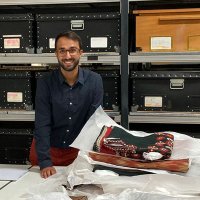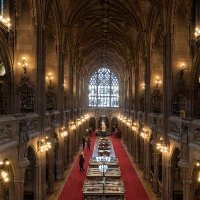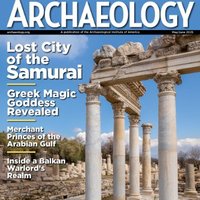
Diego Tamburini
@diegotamburini1
I am a scientist working at the British Museum in London
ID: 1449320480092168193
16-10-2021 10:25:41
113 Tweet
277 Followers
97 Following

My display of #textiles and #dyes for the Director's Dinner at the British Museum. From natural to synthetic dyes and featuring more than 1000 years old fragments from #Dunhuang


New article revealing that Karen dyers used yellow threads imported from Europe dyed with unusual inorganic synthetic colourants and over-dyed them with local natural dyes to change the colour shade Dr Joanne Dyer A P Simpson British Museum sciencedirect.com/science/articl…


Textiles from Southeast Asia encompass stunning examples of craftsmanship. Have a look at these Karen garments that showcase different materials and techniques adopted for their production. Spoiler alert: beautiful images! A P Simpson Dr Joanne Dyer …ritagesciencejournal.springeropen.com/articles/10.11…



Precious #textiles used as manuscript wrappers from Southeast Asia. A lovely afternoon at the British Library




New article out on the importance of historic sources of reference materials for early synthetic dye identification. A collaboration between the Society of Dyers and Colourists and British Museum. sciencedirect.com/science/articl… authors.elsevier.com/a/1i0stWhQScYVs


Just back from a wonderful DHA meeting in Copenhagen #DHA42 to the great news that papers from last year's meeting #DHA41 in #Visby #Gotland are now available as a printed edition from Heritage MDPI ! 🙌🙌🙌


🏐 | MEN’S PLAYER OF THE MONTH 🎉 | IBB Polonia London's Diego Tamburini is this month's Errea Player of the Month for the Men’s Super League! #VolleyballEngland


A glimpse into my research on Dunhuang textiles filmed at British Museum for CCTV. Full link here (min 40) youtu.be/6wfKdOkmmHY?si…

Here is a blog where I tried to present my work as a museum scientist to a general audience featuring research on Burmese textiles from the British Museum britishmuseum.org/blog/dye-detec…


New review article!! An Introduction and Recent Advances in the Analytical Study of Early Synthetic Dyes and Organic Pigments in Cultural Heritage mdpi.com/2732222 #mdpiheritage via Heritage MDPI

Today I took samples from several Afghan rugs produced during the war and I can’t wait for the results British Museum #dyeanalysis #heritagescience






